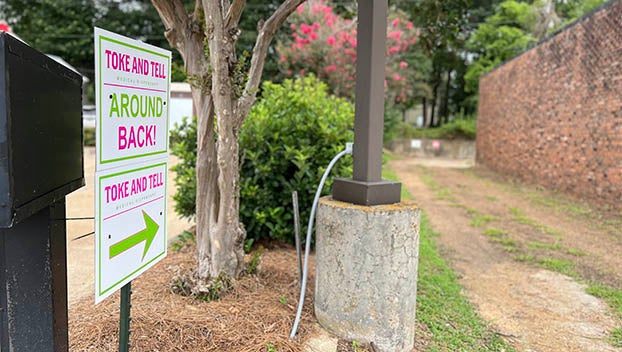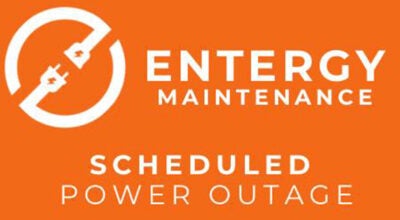Bonnet Carré Spillway opened; Mississippi official disappointed by decision
Published 7:23 pm Friday, April 3, 2020
|
Getting your Trinity Audio player ready...
|
NEW ORLEANS (AP) — The Mississippi River is so high that a spillway west of New Orleans must be opened to safeguard the city’s levees, an Army Corps of Engineers official announced Thursday.
That will make an unprecedented third straight year, and the sixth time this decade, that the Bonnet Carré Spillway has been opened. It was used twice last year and once each in 2018, 2016 and 2011. The 1970s, when it was opened three times, is the only other decade with more than one opening since the 5.7-mile-long concrete structure was finished in 1931.
Friday’s announcement angered Mississippi officials who blamed last year’s openings, which totaled 123 days, for feeding toxic algae blooms and killing oysters, dolphins and other sea life. Several cities, counties and groups sued, accusing the Corps of failing to consider the openings’ environmental consequences. The U.S. Commerce Department declared an economic disaster in Louisiana, Mississippi and Alabama because of “extreme flooding events in the Gulf of Mexico.”
“I was extremely disappointed to indirectly hear about the U.S. Army Corps of Engineers’ plan to open the Bonnet Carre Spillway,” Secretary of State Michael Watson said. “Opening the spillway for an unprecedented three years in a row will severely impact the economy and the ecology of the Coast, and will undoubtedly create more devastation for surrounding communities. This is completely unacceptable. I am asking the Corps to immediately reconsider its decision and to stop any further action until Mississippi has a seat at the table.”
The Corps had said earlier that the spillway might be needed to divert part of the river’s flow away from New Orleans, and the district commander, Col. Stephen Murphy, confirmed that it would at a livestreamed news conference. If no more big rains occur in the river’s vast watershed, he said, the spillway will be open for about 30 days, including a gradual opening and closing.
The Mississippi funnels water from 40% of the continental U.S. into the Gulf of Mexico, and the spillway was created to limit its rush past New Orleans. But opening it sends river water and the pollutants it carries into brackish Lake Pontchartrain north of New Orleans and the Mississippi Sound, reducing their normal salinity levels.
New Orleans’ levees were built to withstand up to 1.25 million cubic feet of water per second, Murphy noted.
“That means more than 9 million gallons of water is passing by our doorstep every second,” he said. “If that flow will exceed the amount the levees will handle, that is our cue” to open the spillway.
A depth of 17 feet at the Carrollton gauge is considered the maximum allowable. On Monday the forecast was for 16.9 feet, but by Wednesday the forecast was for a depth of 17.5 feet by April 12.
The Lower Mississippi River Forecast Center predicted Thursday that, with the spillway’s opening, the river there should rise to 17 feet on April 8 and remain at that level until April 18, The Times-Picayune / The New Orleans Advocate reported.
Mississippi authorities blamed last year’s openings, which totaled 123 days, for feeding toxic algae blooms and killing oysters, dolphins and other sea life. Several cities, counties and groups sued, accusing the Corps of failing to consider the openings’ environmental consequences. The U.S. Commerce Department declared an economic disaster in Louisiana, Mississippi and Alabama because of “extreme flooding events in the Gulf of Mexico.”





